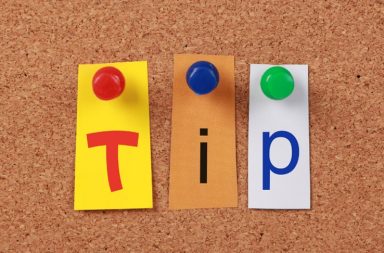Did you know that an alarming 52% of employees plan to look for new jobs in 2021? As a result, your company must assess what area they need to improve to ensure high talent employees stay.
Keep reading on to learn more about the employee life cycle and how it can help improve retention rates at your company.
What is the Employee Life Cycle?
The employee life cycle model is made up of 6 stages that help visualize how employees engage and advance within the company. The 6 stages include:
- Attraction
- Recruitment
- Onboarding
- Development
- Retention
- Separation
Looking at the 6 stages can help you decide what areas your company needs to work on to have the best talent if your company recruits new employees but has a high turnover rate. This tells you to focus on improving the retention stage.
Implementing the employee life cycle allows for better talent retention and improves your reputation as an employer.
Attraction
The attraction is the first stage in the employee life cycle model and is crucial in the companies growth. This stage occurs before the hiring process starts and encourages potential employees to learn more about your company.
Attend seminars and conferences to learn how to grow the company and hire the best employees. Also, build a website and use blogs to help build up your company, create brand awareness, and show why your company is the best to work for.
Recruitment
Recruitment is where you will seek out employees to hire. Some strategies that will help improve your recruitment process would be to ask for referrals from current employees, have current employees involved in the hiring process, and use recruitment platforms.
Having current employees refer new hires and helping in looking over resumes, and sitting in during interviews can help the candidate be a good fit for the team.
Onboarding
The onboarding stage is critical in getting new employees acclimated to the job, ensuring a smooth transition. It is crucial that the new employee feels welcomed and are well trained. This will help them feel more comfortable in their role and allow your team to be most productive.
Have a job description typed out for the new employee to help them know what is expected of them and discuss the company’s values. Have follow-up appointments to discuss performance and any areas of improvement.
Development
The development stage helps to evolve skills that can lead to growth within the company.
Give employees opportunities to attend conferences seminars so they can advance their skills. Encourage employees to advance their learning and skill on their own and reward them for doing so on their own.
Retention
The retention stage focuses on keeping employees. Focus on appropriately challenging the employee’s skills and allow open communication on employee satisfaction.
The companies culture will play a vital role in this stage. A poor culture will lead to a low retention rate. Encourage open communication to ensure that the company goals are being met, issues that employees may face in completing tasks, and allow employees to give feedback on improving company morale.
Technical errors can negatively impact your employee experience. To help your company run effectively, check out www.tikit.ai today to improve how your company handles issues that come up to help employee retention.
Separation
The final stage in the employee life cycle is separation. Separation may occur due to new employment opportunities, personal life reasons, or retirement.
Conduct exit interviews to understand why the employee is leaving and ask for feedback. This ensures that there is not a problem within the company causing them to leave.
Smooth Running Company
Using the employee life cycle model can help ensure that your company runs efficiently and has the best talent. From the attraction to the separation stage, ensuring that employees are right for the company will help your business.
Did you enjoy this article? Make sure you check out more of our business articles.


